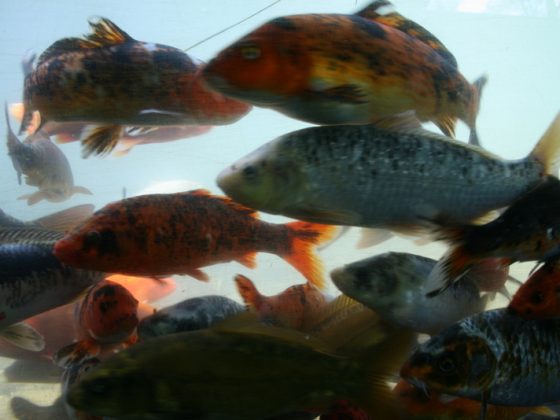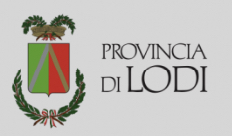30. Paradiso Fishery Park
30. Paradiso Fishery Park
- Email: info@parcoittico.it
- Telephone: 02 9065714
- Address: Fraz. Villa Pompeiana Zelo Buon Persico
- Website: http://www.parcoittico.it/
The Paradiso Fishery Park serves the purpose of protecting, safeguarding and making available to the public a 13,000 square meter plain area, which was originally structured, and equipped for carp and trout farming for sale purposes. Canals cross the park surface with fresh water running from the Mortone water meadow; in the canals it is possible to observe several fish species, both from the banks and from very particular underwater observation posts.
The park has countless small stillwater used for farming several fish species bound for canal repopulation. The landscape is that of an intensely forested river area, reproducing quite accurately the wet shoreline areas of Lombardy rivers; approximately 6,000 trees have been planted.
The entire surface of the park in time has been naturally colonized by native plants and an incredibly varied fauna which includes a high number of mallards, moorhens, coots, herons, in addition to other minor birds, many of which are rare insular species. Such a varied and articulate population is simply one of a kind both to relax and observe nature of to indulge in cultural and didactic activities, besides scientific research.
Open from 1 of March to 30 of September

The Paradiso Fishery Park serves the purpose of protecting, safeguarding and making available to the public a 13,000 square meter plain area, which was originally structured, and equipped for carp and trout farming for sale purposes. Canals cross the park surface with fresh water running from the Mortone water meadow; in the canals it is possible to observe several fish species, both from the banks and from very particular underwater observation posts.
The park has countless small stillwater used for farming several fish species bound for canal repopulation. The landscape is that of an intensely forested river area, reproducing quite accurately the wet shoreline areas of Lombardy rivers; approximately 6,000 trees have been planted.
The entire surface of the park in time has been naturally colonized by native plants and an incredibly varied fauna which includes a high number of mallards, moorhens, coots, herons, in addition to other minor birds, many of which are rare insular species. Such a varied and articulate population is simply one of a kind both to relax and observe nature of to indulge in cultural and didactic activities, besides scientific research.
Open from 1 of March to 30 of September


